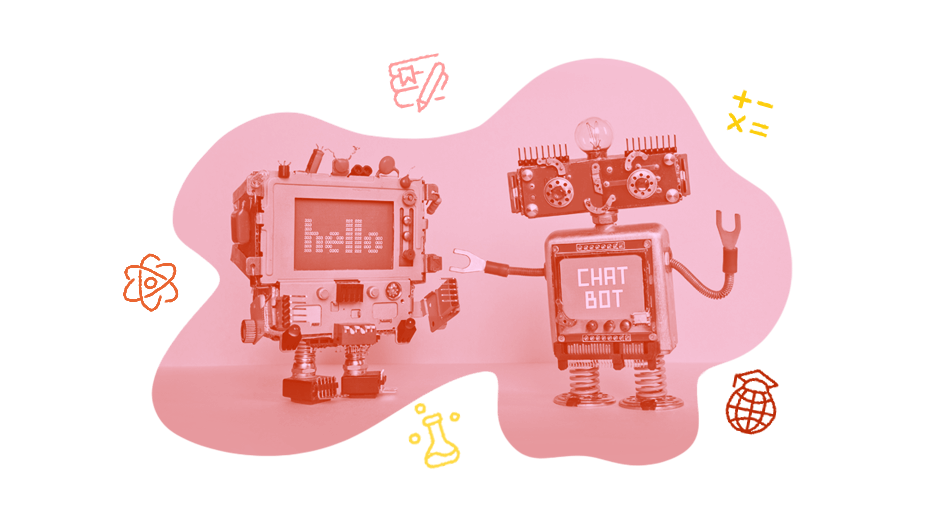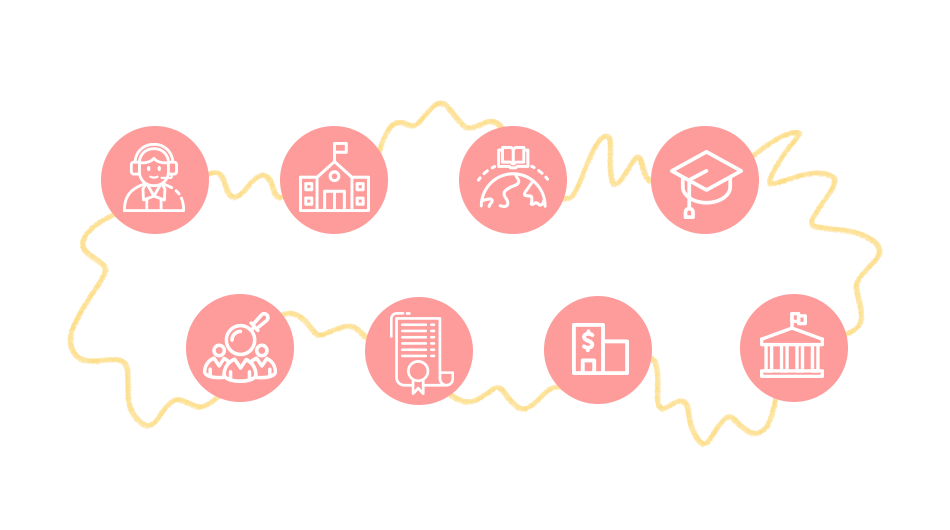Technology has never before been more involved in online teaching than it is now. The worldwide e-learning market will hit a $325 billion valuation in 2025. This statistic sounds wild and exceeds our highest expectations. On the other hand, it had already become apparent that the internet would become a dominant factor in education. The Covid-19 pandemic made this connection even stronger as technology trends dictate the trends in online teaching. Here are some factors that will change the course of learning forever.
Artificial Intelligence in Learning

AI will lead the Fourth Industrial Revolution. It is a game changer because it is transforming productivity and workflow in almost every industry. It has massive application in e-learning:
- Instant content generation – AI speeds up the process of content creation and provides faster access to information.
- AI-based chatbots – these stimulate a conversation or a chat with a student or a teacher in a natural language.
- AI-based adaptive education engines – these customize the process of learning by providing the most appropriate tasks to learners.
- Progress tracking – AI has the most accurate tools for tracking the overall performance of the learner.
- Reduction of errors – AI might be close to perfection.
- 24/7 availability – AI doesn’t need to rest to perform exceptionally well.
There is no doubt that online teaching might be complex for older teachers without any previous experience. Combined with the stress factor, many tutors might feel tired and anxious. By automating tasks such as test assessment, artificial intelligence can reduce the workload on teachers by 6 hours per week. Thus, they can concentrate on more essential tasks.
Adaptive Learning

Deеp neural networks can create an individual learning path for every student depending on their knowledge. Adaptive learning is an educational method that encourages personalization in online teaching. It:
- Customizes resources and learning activities
- Addresses the unique needs of each learner
- Allows students to learn at their own speed
After students complete an evaluation, the AI selects the most appropriate tasks for their level of knowledge. In this way learners can engage in the most relevant activity for them based on their current levels of performance.
Blockchain in Online Teaching

Despite its rapid development, e-learning is still facing some problems in course credibility, certification, student privacy, and course sharing. Fortunately, blockchain technology can provide solutions. It is a system of recording information that makes it impossible to be changed and hacked. Moreover, it is decentralized which has the following applications in online teaching:
Data security
Blockchain technology stores the learning data of every student. Nobody can tamper or delete this data. Additionally, it makes it simple for the tutor to monitor the learning process of every individual.
Trusted verification of learning results
The certification of online education is conducted inefficiently by third-party agencies. Students might lose their own copy. Thankfully, blockchain technology verifies certificates securely even if they are lost.
Decentralized sharing of learning resources
For those studying different types of courses, the user experience is relatively poor. A lot of course resources are wasted because of the lack of unified and efficient utilization.
For example: Imagine that you are a student taking two finance courses, each on a different learning platform. You are not allowed to share them due to constraints like copyright. Therefore, you have to log in to your account on each platform to start learning. Thankfully, blockchain allows you to acquire information from different platforms by logging in to one basic unit called a blockchain node (think of this as a small server). Each node can access resources, which means that every student who is logged in to the blockchain network can learn. This fact is a precious opportunity for collaboration between students wanting to enrich their learning experience. Furthermore, this technology makes it impossible for hackers to damage data.
Thus, blockchain makes online teaching less time-consuming, more trustworthy, and more democratic.
Microlearning
Microlearning is an educational approach that delivers small pieces of information over a short period of time. Its purpose is for students to reach a specific goal. Typically, sessions take between 1 to 10 minutes.
The whole concept behind microlearning is based on the Ebbinghaus Forgetting Curve. Hermann Ebbinghaus found that strictly memorized information can be recalled much faster after a significant time without using it. Here are some examples of microcopies:
- Social media posts in Twitter, LinkedIn, and Reddit
- Infographics
- Videos
Ebbinghaus found that individuals typically lose 80% of the knowledge they acquire within a month. When people learn vast amounts of information, they do retain it for some time. Nevertheless, if it is not considered crucial by the brain, it is forgotten.
Forgetting is one of the main problems of learners in the online environment. Students have a reduced attention span and are often indifferent to what they study. Fortunately, there are some innovative solutions to this problem. Microlearning is implemented in e-learning platforms like VEDAMO. Its virtual classroom provides tutors with the needed tools like the online whiteboard to create microcopies. Thus, students learn more effectively, process information faster, and remember it longer.
Gamification

Gamification in e-learning relates to the use of different mechanisms to drive learner engagement. These techniques induce the release of a specific substance in the human brain called dopamine. It is responsible for increased levels of motivation, a higher attention span, and a higher chance of storing information. These factors affect students’ attitudes towards learning and make them more engaged in the process. In a virtual classroom, tutors can monitor their students’ progress, skills, and knowledge through quizzes, which helps identify the students’ strengths and weaknesses.
Here are some of the most vital gamification features that are included in e-learning platforms:
- Quizzes
- Daily challenges and bonuses
- Game levels
- Rewards and badges
- Timed flash cards or worksheets
- Enabling students to earn points
- Competing groups
Many would argue that online teaching can never be as effective as traditional teaching. Although education is an industry that is developing relatively slowly, it has changed more in the last ten years than it has in the last one hundred. Technology has caused exponential growth in this movement. Those of us who adapt to the present reality will be the leaders of tomorrow. After all, we are humans, and technology will always be a tool for acquiring knowledge. It is up to us to decide how to use it to learn new information faster and better.
